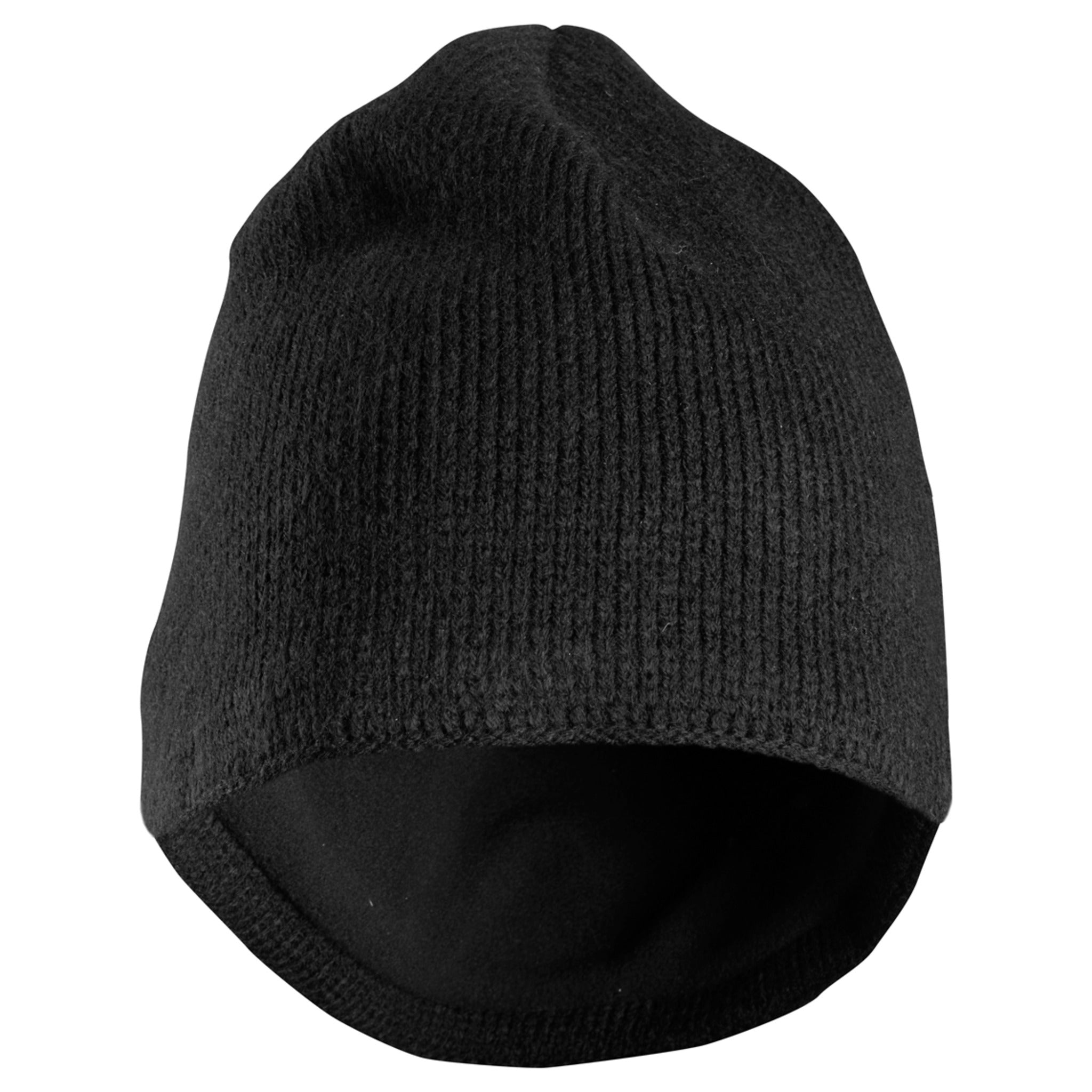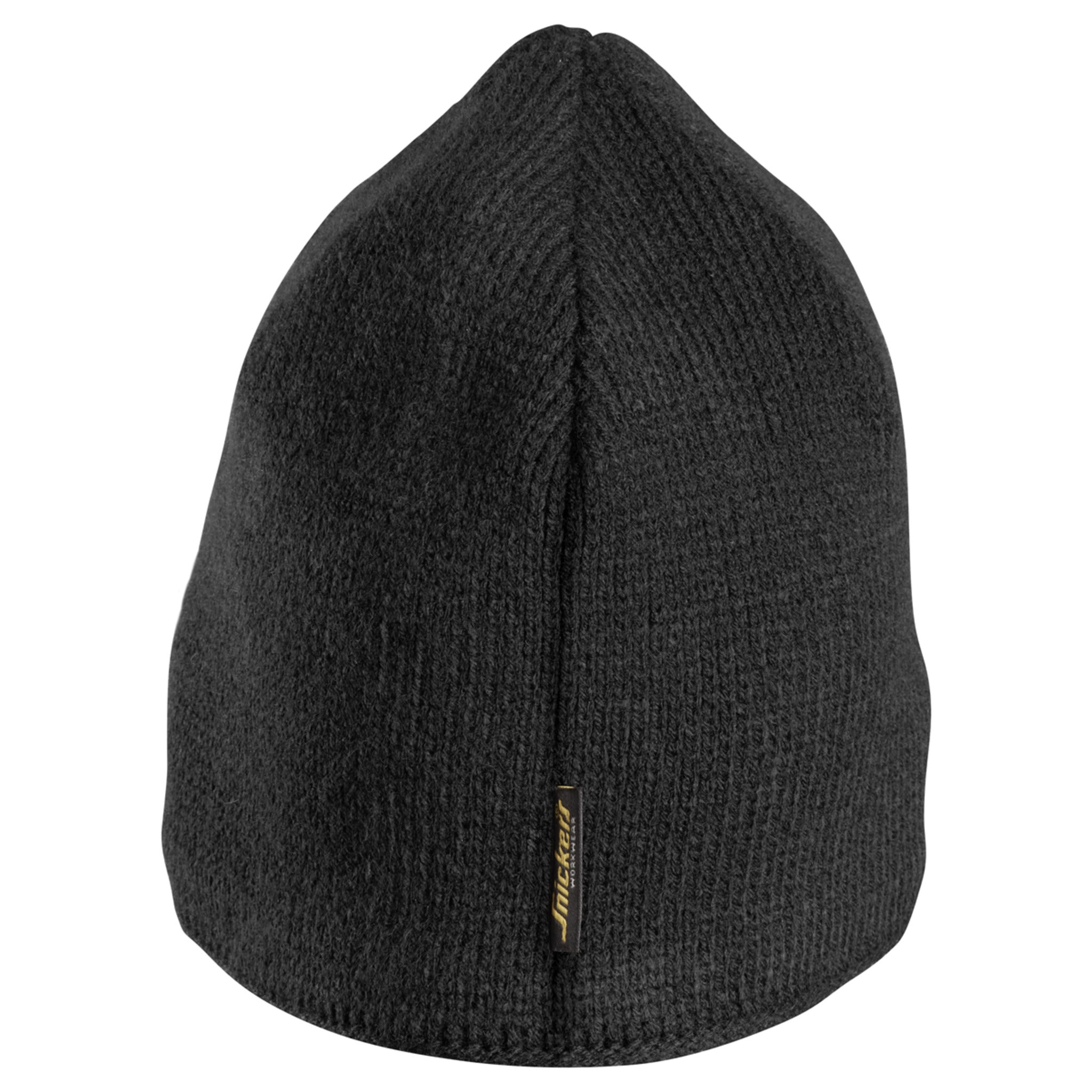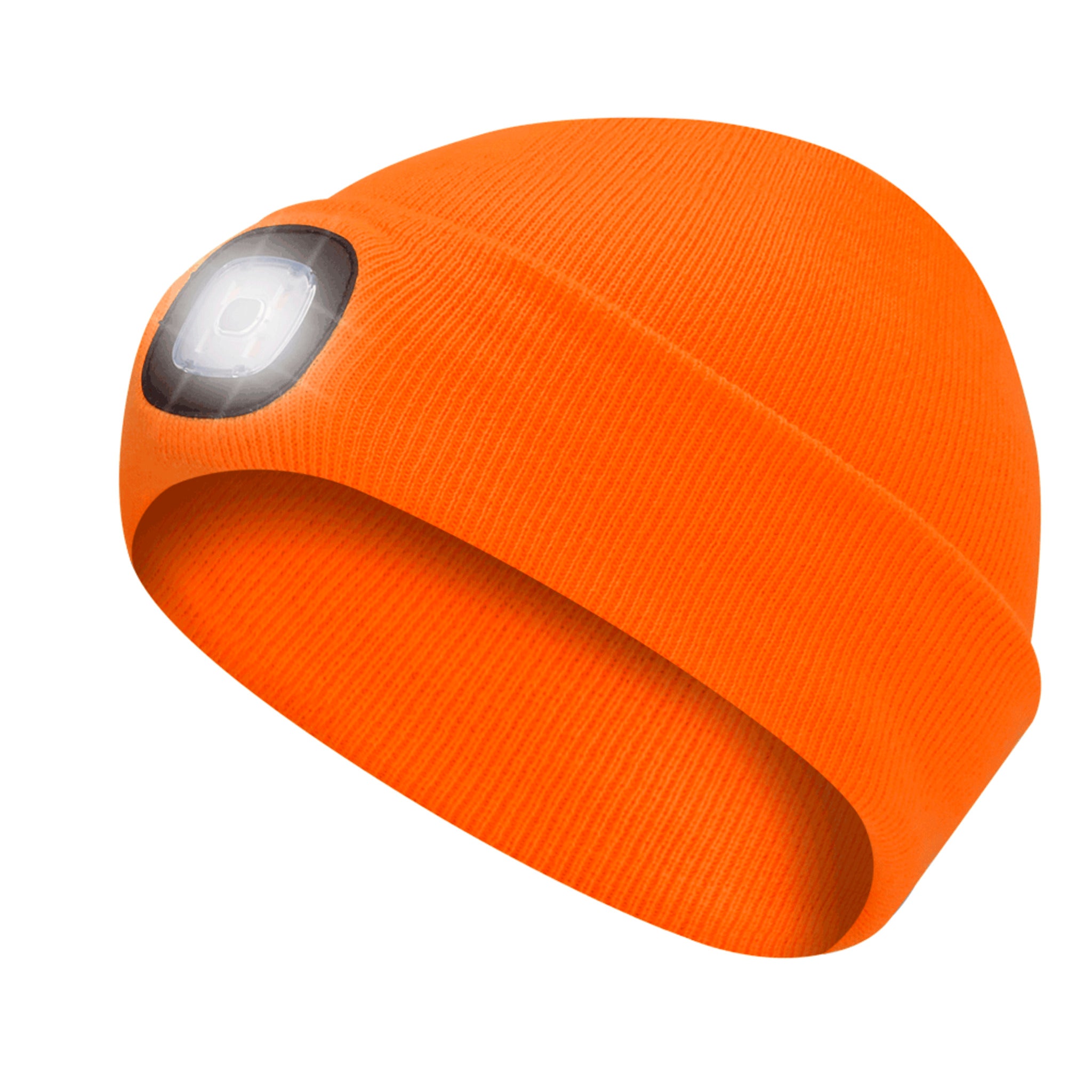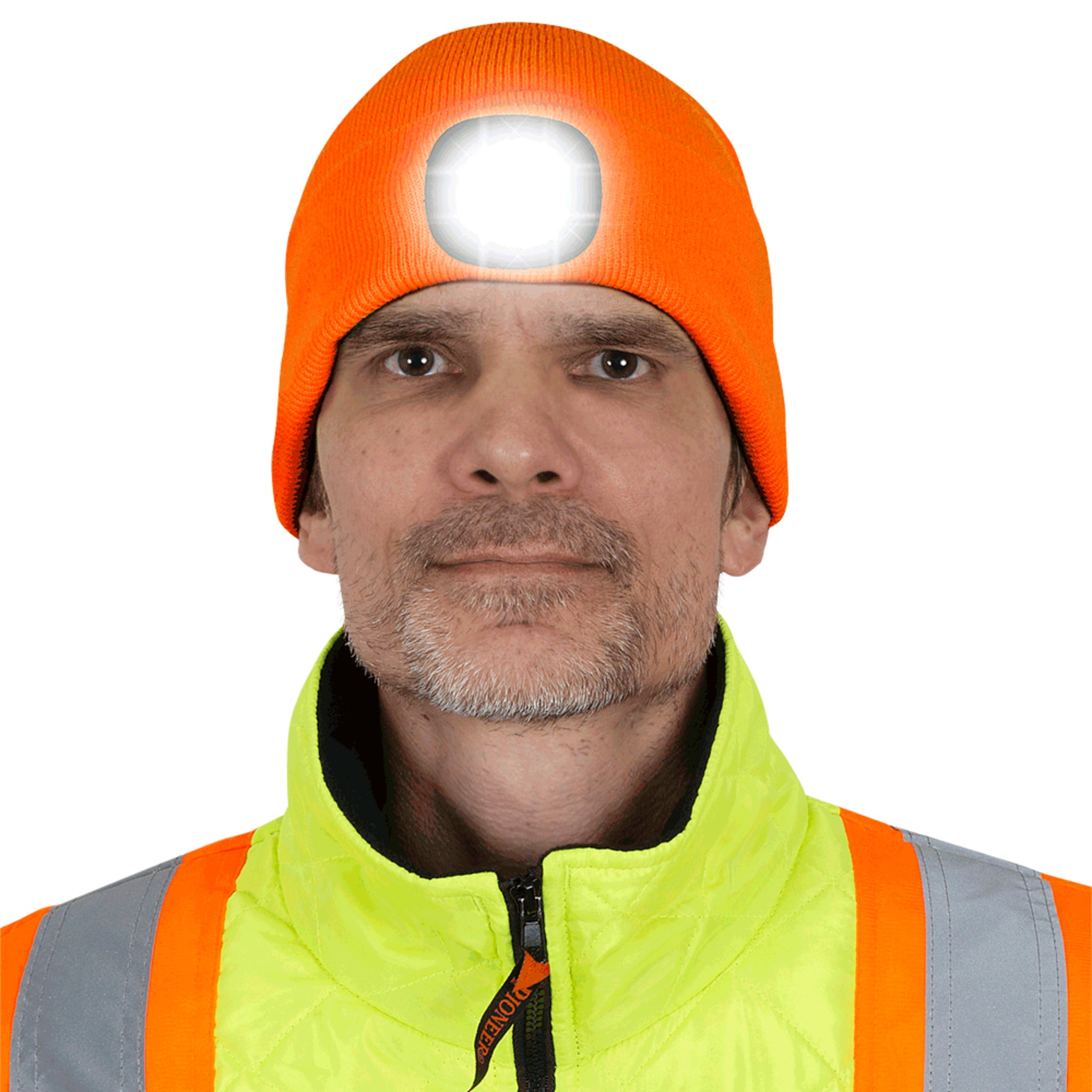Categories
- Shop All (5924)
-
-
- Hi-Vis Chainsaw Safety (14)
- Hi-Vis Coveralls and Overalls (29)
- Hi-Vis Hoodies and Shirts (45)
- Hi-Vis Jackets (40)
- Hi-Vis Pants (22)
- Hi-Vis Rain Wear (48)
- Hi-Vis Vests (54)
- Winter Hi-Vis Bombers and Parkas (26)
- Winter Hi-Vis Coveralls and Overalls (24)
- Winter Hi-Vis Hoodies (4)
- Winter Hi-Vis Pants (4)
- Winter Hi-Vis Vests (7)
-
- Bib Overalls (11)
- Bombers and Parkas (17)
- Coveralls and Overalls (17)
- Disposable Garments (12)
- Flannel and Plaid Work Shirts (24)
- Heated Work Wear (5)
- Hoodies and Sweaters (12)
- Industrial Rainwear (48)
- Pants and Shorts (70)
- Shirts and Sweaters (39)
- Thermal Underwear (44)
- Vests (18)
- Work Jackets (77)
-
-
-
-
- Brooms (0)
- Dust Mops (0)
- Dust Pans and Brushes (0)
- Flow Thru Tools (2)
- Microfiber Mops (0)
- Pool and Tank Tools (2)
- Scrubbers and Scrapers (1)
- Soap and Sanitizer Dispensers (0)
- Sprayers (3)
- Squeegees (1)
- Toilet Brushes and Plungers (1)
- Trash Cans & Bags (8)
- Wet Floor Signs (0)
- Wet Mops and Buckets (2)
-
- Bars and Prying Tools (22)
- Bolt Cutters and Shears (14)
- Chisels and Punches (12)
- Combination Hand Tool Sets (12)
- Extractors (12)
- Files (6)
- Gear Pullers (14)
- Hammers and Mallets (15)
- Hand Saws (21)
- Hex Keys (10)
- Layout and Distance Lasers (1)
- Marking Tools (1)
- Measuring Tools (24)
- Pliers (45)
- Precision Measuring and Testing Tools (24)
- Propane Torches (8)
- Screwdrivers and Nutdrivers (22)
- Sockets (60)
- Tap and Die Sets (4)
- Tool Boxes (27)
- Utility Knives (17)
- VDE Tools (7)
- Wire Cutters and Strippers (14)
- Wrenches (21)
-
- Beveling and Deburring (17)
- Curb and Valve Keys (19)
- Drilling and Tapping (8)
- Extended Impact Sockets (3)
- Flaring and Rerounding (7)
- General Pipe Working Tools (19)
- Guillotine Pipe Cutters (2)
- Hydrostatic Test Pumps (8)
- Internal Pipe Cutters (6)
- PE Peelers (8)
- Pipe Reamers (4)
- Pipe Threading (15)
- Pipe Wrenches (18)
- Plastic Pipe Joint Kits (2)
- Plastic Pipe Saws (5)
- Power Drive (6)
- Quick Release Cutters (15)
- Ratchet Shears (6)
- Ratcheting Wrenches (9)
- Rotary Cutters (3)
- Shut Off Tools (9)
- Soldering Torches (3)
- Vises (7)
-
- Angle Grinders (6)
- Batteries and Chargers (11)
- Bench Grinders (3)
- Circular Saws (2)
- Combo Tool Kits (10)
- Cordless Fans (6)
- Cordless Lighting (15)
- Cut Off Saws (4)
- Drills and Drivers (8)
- Grease Guns (3)
- Impact Drivers (5)
- Jobsite Radios and Speakers (9)
- Lifestyle (7)
- Mitre Saws (2)
- Reciprocating Saws (4)
-
- Angle Grinder Wheels and Brushes (24)
- Bench Grinder Wheels (7)
- Circular Saw Blades (11)
- Drill and Driver Bits (26)
- High Speed Gas Saw Blades (3)
- Holesaws (11)
- Impact Sockets (23)
- Jig Saw Blades (2)
- Oscillating Multi Tool Blades (1)
- Portable Chop Saw Blades (4)
- Power Tool Storage (5)
- Reciprocating Saw Blades (8)
-
-
-
-
- Air Fresheners (2)
- All Purpose Cleaners (19)
- Bowl and Washroom (8)
- Coffee and Breakroom (21)
- Degreasers (3)
- Dishwashing (4)
- Disinfectants and Sanitizers (1)
- Drain Openers (7)
- Hand Cleaners (15)
- Laundry Cleaners (10)
- Paper Products and Wiper Rags (24)
- Scale Removers (2)
- Urinal Pucks and Liquids (5)
- Wet Wipes (4)
-
-
- Ball Valves (13)
- Black and Galvanized Steel Fittings (16)
- Bronze Pipe Fittings and Nipples (16)
- Butterfly Valves (4)
- Check Valves (11)
- Flexible Connectors (2)
- Gate and Globe Valves (6)
- Knife Gate Valves (9)
- Pipe Fitting Accessories (6)
- Schedule 80 PVC Fittings (32)
- Stainless Steel Fittings and Valves (12)
- Victaulic Grooved Fittings (22)

Work Hats
18 products
Showing 1 - 18 of 18 products





Work Hats: Stylish Protection for the Modern Worker
Work hats are an essential part of personal protective equipment (PPE) designed to provide head protection and safety in various work environments. From construction sites to industrial settings, work hats play a crucial role in shielding workers from falling objects, sun exposure, and hazardous conditions. In this article, we will explore the importance of work hats, the different types available, how to choose the right work hat, proper use and care guidelines, their significance in specific industries, stylish and functional options, and more.
Introduction to Work Hats
Work hats are designed to protect the head and provide comfort for workers in a variety of industries. They serve as a barrier against potential hazards, including falling objects, extreme weather conditions, and exposure to the sun's harmful rays. Work hats come in various styles and materials to cater to different job requirements and personal preferences.
Importance of Work Hats for Head Protection
Shielding from Falling Objects
One of the primary functions of work hats is to protect the head from falling objects. In construction sites and industrial environments, where heavy equipment and materials are in use, work hats with hard shells and impact-resistant materials provide vital protection against potential head injuries.
Protection against Sun Exposure
Work hats with wide brims or neck flaps offer protection against the sun's harmful ultraviolet (UV) rays. Outdoor workers, such as landscapers or utility workers, benefit from the shade provided by these hats, reducing the risk of sunburn, heatstroke, and long-term skin damage.
Safety in Hazardous Environments
Certain work environments present specific hazards that require specialized work hats. For example, electricians or construction workers working near electrical sources require work hats with electrical insulation properties to protect against electric shock. Similarly, firefighters need flame-resistant work hats to safeguard against heat and flames.
Types of Work Hats
Hard Hats
Hard hats are the most common type of work hat and are widely used in construction, industrial, and manufacturing settings. They feature a hard outer shell made of durable materials like high-density polyethylene (HDPE) or polycarbonate, providing excellent impact resistance.
Wide-Brim Hats
Wide-brim hats, also known as sun hats or bucket hats, offer protection from the sun and often feature UPF (Ultraviolet Protection Factor) ratings to indicate their effectiveness against UV rays. They are popular among outdoor workers, gardeners, and those in the landscaping industry.
Baseball Caps
Baseball caps combine style and functionality, offering a casual yet practical option for workers in less hazardous environments. They provide shade for the face, shield the eyes from the sun, and are commonly worn in industries such as logistics, transportation, or hospitality.
Beanies and Skull Caps
Beanies and skull caps are popular choices for workers in colder climates or indoor environments that require head warmth. They are commonly worn in industries such as warehousing, construction, or automotive, providing comfort and insulation in chilly conditions.
Choosing the Right Work Hat
Selecting the appropriate work hat is essential to ensure both safety and comfort. Consider the following factors when choosing a work hat:
Assessing Job Requirements
Assess the specific hazards and requirements of your job. Consider the potential for falling objects, sun exposure, electrical hazards, or extreme weather conditions. Choose a work hat that provides the necessary level of protection for your work environment.
Consideration of Safety Standards
Ensure that the work hat meets the relevant safety standards and regulations for your industry. Look for certifications such as ANSI/ISEA standards for hard hats or UV protection ratings for wide-brim hats.
Comfort and Fit
A work hat should be comfortable to wear throughout the workday. Look for hats with adjustable straps or suspension systems to achieve a proper fit. Consider features like sweatbands or breathable materials to enhance comfort.
Climate and Environmental Factors
Take into account the climate and environmental conditions in which you will be working. For hot and sunny conditions, opt for hats with wide brims or neck flaps for added sun protection. In colder climates, choose hats with insulation or thermal properties.
Proper Use and Care of Work Hats
To ensure the longevity and effectiveness of your work hat, follow these guidelines:
Wearing the Hat Correctly
Wear the work hat properly according to the manufacturer's instructions. Adjust the straps or suspension system to achieve a secure and comfortable fit. Position the hat on your head to provide maximum protection.
Inspecting for Damage
Regularly inspect your work hat for any signs of damage, such as cracks, dents, or deterioration. Replace the hat if it shows any compromise in its protective capabilities.
Cleaning and Maintenance
Follow the manufacturer's cleaning and maintenance instructions for your specific work hat. Clean the hat regularly to remove dirt, sweat, or debris that can affect its performance. Store the hat in a cool and dry place when not in use.
Work Hats in Specific Industries
Work hats are widely used in various industries to provide head protection and enhance safety:
Construction and Building Sites
Construction workers often wear hard hats to protect against falling objects, impacts, and head injuries. These hats are designed to meet rigorous safety standards and are a common sight on construction sites.
Outdoor and Landscaping Work
Outdoor workers, such as landscapers or gardeners, benefit from wide-brim hats or sun hats that provide shade and protection from the sun's rays. These hats keep workers cool and reduce the risk of sunburn and heat-related illnesses.
Industrial and Manufacturing Environments
In industrial settings, work hats are essential for workers exposed to potential hazards, such as falling objects, machinery, or electrical sources. Hard hats with additional features like face shields or earmuffs provide comprehensive protection.
Stylish and Functional Work Hats
Work hats have evolved to offer both style and functionality, catering to modern workers' needs:
Customization and Branding
Many work hats can be customized with company logos, names, or reflective elements to enhance visibility and brand representation. This customization not only promotes a professional image but also improves safety by increasing visibility in low-light conditions.
High-Visibility Work Hats
High-visibility work hats, often in fluorescent colors with reflective bands, are crucial for workers in low-light or high-traffic environments. These hats enhance visibility, reducing the risk of accidents and improving overall safety.
Breathable and Moisture-Wicking Materials
Work hats with breathable and moisture-wicking materials help keep the head cool and comfortable in hot and humid conditions. These hats allow airflow and prevent sweat buildup, reducing discomfort and promoting productivity.
Conclusion
Work hats are an integral part of personal protective equipment, providing head protection and enhancing safety in various work environments. Whether it's construction, landscaping, or industrial settings, the right work hat ensures worker comfort and shields against hazards such as falling objects, sun exposure, and extreme conditions. By choosing the appropriate work hat, wearing it correctly, and following proper maintenance, workers can enjoy both style and protection throughout their workday.
FAQs
- Are work hats one-size-fits-all?
Most work hats come in multiple sizes to accommodate different head sizes. It is important to select the correct size to ensure a comfortable and secure fit for optimal protection.
- Can work hats be worn with other personal protective equipment (PPE)?
Yes, work hats can be worn in conjunction with other PPE, such as safety glasses, ear protection, or respiratory equipment. Ensure that the work hat does not interfere with the proper fit and functionality of other PPE.
- Can work hats protect against electrical hazards?
Work hats with electrical insulation properties can provide protection against electrical hazards. However, it is important to ensure that the work hat meets the necessary electrical safety standards for the specific job requirements.
- How often should work hats be replaced?
Work hats should be replaced when they show signs of damage, deterioration, or after a significant impact. Follow the manufacturer's guidelines or industry-specific regulations regarding the lifespan and replacement of work hats.
- Can work hats be cleaned?
Yes, work hats can be cleaned according to the manufacturer's instructions. Regular cleaning helps maintain hygiene, remove dirt or sweat buildup, and prolong the hat's lifespan.









































